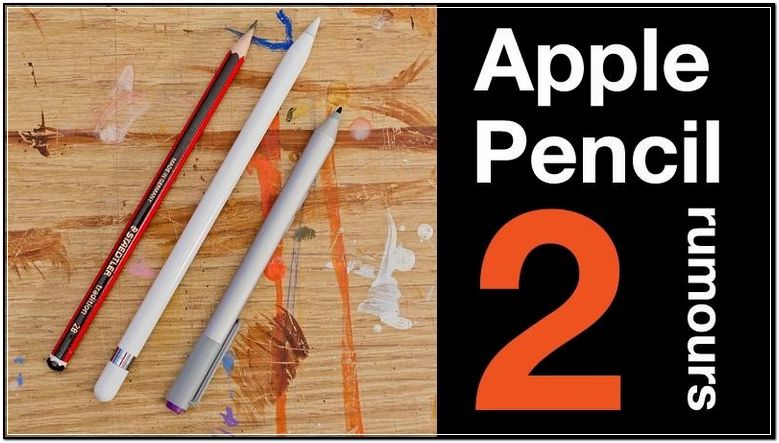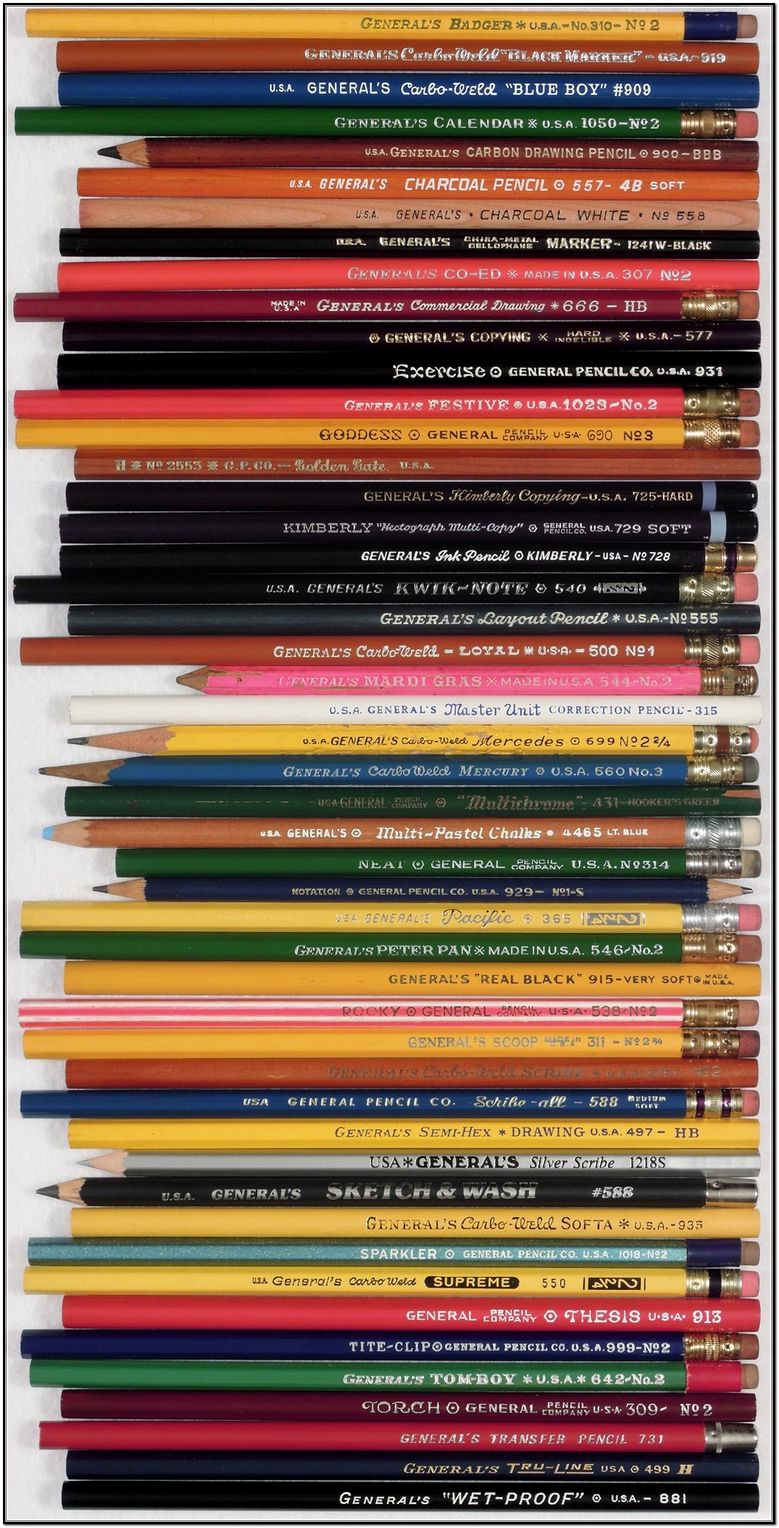
Graphite drawing can be a great way to communicate ideas, communicate design concepts, and more. Whether you’re just starting out or have been doing it for years, there are a few things you should keep in mind when creating graphite drawings. Here are some tips to help get started:
What is Graphite Drawings?
Graphite drawings are images made from the combination of carbon and oxygen molecules. They are soft, flexible, and easy to work with. When you make a graphite drawing, you use a heat gun or an oven to harden the surface of the drawing material. This hardened material is then used to create lines, shapes, and other features of your drawing. What are the Different Types of Graphite Drawings? There are many different types of graphite drawings that can be created. Some common types include watercolor, gouache, pastel, crayon, and inkjet printing. Each type has its own unique advantages and disadvantages when it comes to creating graphite drawings. For example, water color graphite drawings are often thin and delicate because they need to be very small in order to be drawn accurately. Gouache graphite drawings are much thicker but less delicate because they can be thickened up with layers of paint before being drawn on. Pastel graphite drawings offer a more versatile option because they can be used for both black and white prints as well as color prints. Crayon graphite drawings allow for more creative freedom than other types of graphite artwork because they can be easily sketched out using just a few simple strokes. Inkjet printing follows the same basic format as traditional printmaking but uses jet-based printers which makes the process faster and easier to produce large-scale prints.
How to Make a Graphite Drawing.
First, you’ll need to get a graphite drawing. To find a source of graphite, you can check out art galleries or select a store that specializes in graphite drawings. Once you have your drawing, it’s time to get started! To start, you’ll need to identify the dimensions of your drawing. This will be important when cutting and assembling your Drawing. Next, determine how much ink you want to use for your drawing. You can either choose to use a small amount of ink for each area or go for an all-inclusive approach and use a large amount of ink throughout the design. Once you have the dimensions and how much ink you want to use, it’s time to start cutting the graphite drawings into smaller pieces. Start by making small cuts in the middle of your graph site drawings so that they are easier to cut and assemble later on. Next, make sure that all of your cuts are made in the same direction and at an even distance from one another. This will ensure accuracy when assembling your graph site drawings later on. After making all of your cuts, it’s time to add color! Start by adding some basic colors such as black or white if needed and then add more depth and saturation if desired. Be sure not to overdo it during this step – just enough color will do! Once everything is done, it’s time to assemble your graph site drawings together! Use wood screws or nails instead of nails through the Graphite Drawings so that they hold securely together once assembled.
Tips for Making a Better Graphite Drawing.
When drawing with graphite, you’ll want to use a straightedge and ruler to make your drawings more realistic. This will help you create accurate and smooth lines, which will look much better in finished drawings.
How to Draw a Graphite Drawing.

When creating a graphite drawing, there are several common steps you’ll take. Some of these steps include:
- Heat the drawing material until it is hardening. This can be done using a heat gun or an oven.
- Use a thin line or lines to create basic shapes and features of your drawing.
- Add more detail and layers as needed to create more complex drawings.
- Print your drawing using a traditional printmaking process or using a jet-based printer.
Use a Scale to Make Your Drawings More realistic.
By using a scale to make your drawings, you can make them more lifelike. By plotting the size of objects against each other, you can create realistic-looking graphs. Additionally, by using different colors to break up the color spectrum, you can create unique and eye-catching drawings.3. Use Different Colors to make Your Drawings More Eye-catching. If you’re looking for an extra bit of fun when drawing, try adding some bright or colorful notations to your graphite illustrations. This will help catch the eyes of your reader and add a touch of excitement while you’re creating your artwork!
Graphite Drawings are a great way to create realistic and eye-catching drawings. By following these tips, you can make the most of your graphite drawings. Finally, be sure to use a straight edge and ruler when making your drawings so that they look perfect.


